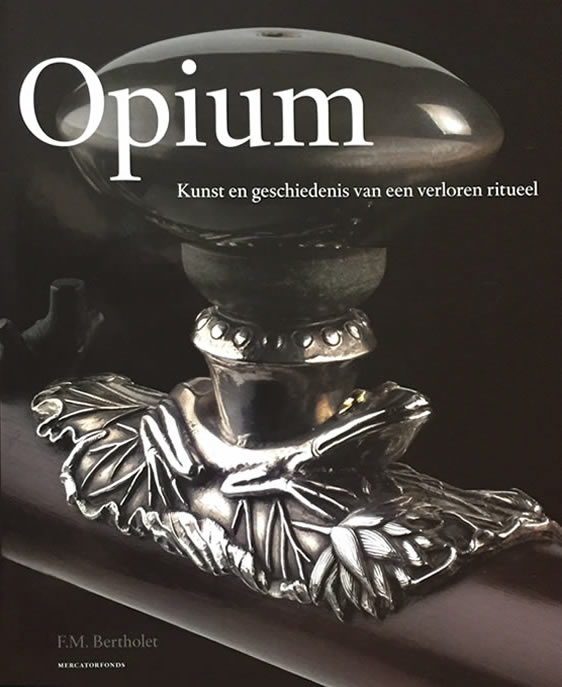
Opium, Art and History of a Lost Ritual
FERRY BERTHOLET
MERCATORFONDS, Brussels, 2007
ISBN: 978-90-6153-738-0
CITADELLES ET MAZENOD, Paris 2007
ISBN: 978-2850882425
Dutch, and French editions.
English edition in preparation.
Up to the present day opium has a magical attraction – the word ‘opium’ conjures up a mysterious world of adventure and gloomy romanticism.
Opium was long regarded as a gift from heaven. Descriptions can be found in classical academia of the miraculous effect of the sap that was extracted from the head of the poppy plant (Papaver somniferum).
It was recognized worldwide for its efficacy against various illnesses and in the easing of physical pain, and as such offered the possibility of escape from what might be an otherwise brutish reality. A number of writers, like Samuel Taylor Coleridge, Rudyard Kipling and Oscar Wilde, as well as expressive artists claimed to have drawn inspiration from visions they experienced whilst using opium. Nevertheless the darker side of this ‘luxury’ irrevocably condemns those who give themselves dissolutely to it: habit leads to dependency and once hooked, addicts find that there is no road back. It is this, above all, that has created the negative reputation surrounding opium. As a commercial commodity opium once had an enormous economic significance. It served the British as a lever in forcing the opening of the tightly closed gateway to the ‘Celestial Empire’ (China).
This sinister commercial policy almost led to the ruin of China, and since that time the Chinese have viewed opium as a symbol of foreign exploitation and humiliation. At the beginning of the twentieth century the use of and trade in opium was banned, with the result that pipes and their related accessories were destroyed on a massive scale.
One aspect that is still very much neglected in the numerous publications on opium is the material culture relating to the ritual of opium smoking. Within this cultural sphere, Chinese applied arts were given full and rich expression, most particularly in those objects that were created for wealthy upper-class merchants, scholars and nobility. The fascination with the unrivalled beauty of such applied arts has been the driving force behind us in bringing together, with great flair and passion, a number of striking and rare opium pipes and their paraphernalia.
We hope with this publication – in which a selection of art works from our collection is shown for the first time – to prevent a relatively unknown culture from sinking into oblivion.
